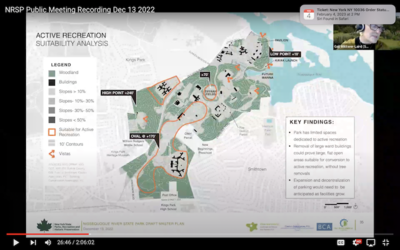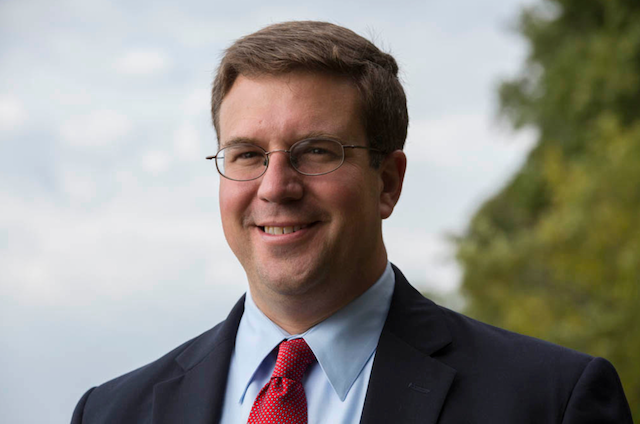Op-Ed Close The Drugged Driving Loopholes
 Tuesday, February 27, 2024 at 9:03PM
Tuesday, February 27, 2024 at 9:03PM NEW YORK MUST CLOSE THE DRUGGED DRIVING LOOPHOLES
By District Attorney Raymond A. Tierney and Dr. Jeffrey L. Reynolds
 New York’s roads are deadlier than ever. With the legalization of personal use quantities of marijuana and New York’s antiquated impaired driving laws, which have not kept up with new synthetic designer drugs, the problem is getting worse by the day. The Drugged Driving Loopholes in our laws enable dangerous drivers to escape responsibility far too often while endangering innocent people simply trying to drive on our roads or walk on our sidewalks in safety.
New York’s roads are deadlier than ever. With the legalization of personal use quantities of marijuana and New York’s antiquated impaired driving laws, which have not kept up with new synthetic designer drugs, the problem is getting worse by the day. The Drugged Driving Loopholes in our laws enable dangerous drivers to escape responsibility far too often while endangering innocent people simply trying to drive on our roads or walk on our sidewalks in safety.
The Drugged Driving Loopholes exist because New York is one of only four states that still uses an archaic list to allow for arrest and prosecution of drugged driving. In New York, to prosecute a drugged driver, it is not enough that the drug has impaired the driver. The substance must be listed in the Public Health Law passed by the legislature and signed by the Governor, before a dangerous, obviously impaired driver can be arrested. Right now, a driver can be as “high as a kite,” but if they are high on a drug, or other substance that is not listed, they go free. For instance, drugs such as Xylazine (“Tranq”), analogues of Fentanyl, and Nitazene (“ISO”) are not on New York’s list.
With modern chemistry, our lawmakers cannot keep up with new designer synthetic drugs coming out regularly. The constant influx of new impairing substances has turned the drug list into a barrier against stopping dangerously-impaired drivers. It is at the root of the National Transportation Safety Board’s recommendation to New York and three other states to abandon the limitation of an ineffective drug list that will never be able to keep up.
Additionally, even drivers high on a drug that is on New York’s list can avoid responsibility by simply refusing to take an identifying test because it prevents the drug from being named. Twenty percent of drivers in New York evaluated by police Drug Recognition Experts in 2021 refused to take a chemical test, up from thirteen percent in 2019. We are not protected when drugged drivers can escape arrest simply by refusing a test.2
The type of alcohol ingested by a driver does not have to be named for someone to be charged with Driving While Intoxicated and if impairment is observed, no test is needed to establish a Blood Alcohol Level or whether it was whiskey, vodka or wine, that has caused a driver to be impaired. The same should be true for drugs.
Just like with alcohol impairment, driver appearance, behavior and common sense ought to apply to drug-impaired drivers too. Blood alcohol tests are valuable evidence in DWI cases, but if drivers refuse the test for alcohol, they can still be prosecuted and lose their licenses based on the other impairment factors.
This is a public safety and public health emergency. If we have learned anything during the current opioid crisis, it is that public safety is enhanced when law enforcement and addiction treatment providers work together. Laws that hold people accountable for their actions, paired with evidence-based substance use prevention messages and readily accessible drug and alcohol treatment for those who need it, will save lives.
It is time to plug the loopholes. New York’s outdated approach to impaired driving handcuffs law enforcement, leaves those struggling with a drug problem untreated and puts innocent people at risk. A commonsense bipartisan bill (S3135/A174), backed by both law enforcement and addiction treatment providers, has been introduced in Albany this session to plug these Drugged Driving Loopholes. We need to be responsible and keep everyone safe. It is time to reverse the increase in highway deaths and save lives by passing the Deadly Driving Bill.
Raymond A. Tierney is the Suffolk County District Attorney and Dr. Jeffrey L. Reynolds is the President/CEO of Family and Children’s Association (FCA). Both are members of the Coalition to Protect New Yorkers from Drugged Driving.
















